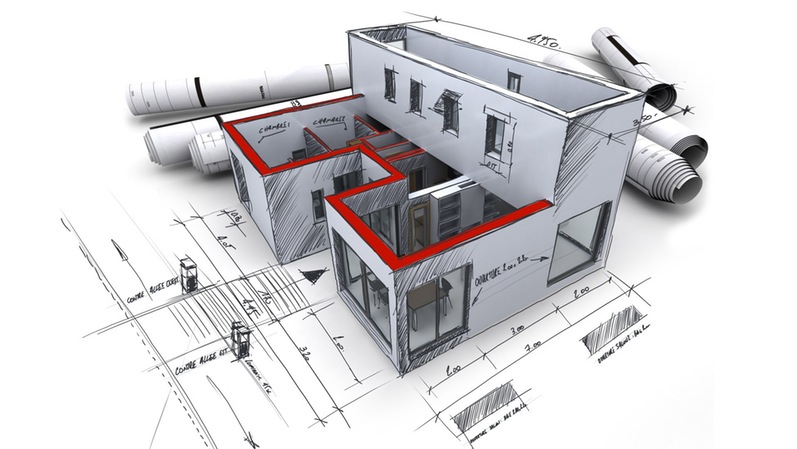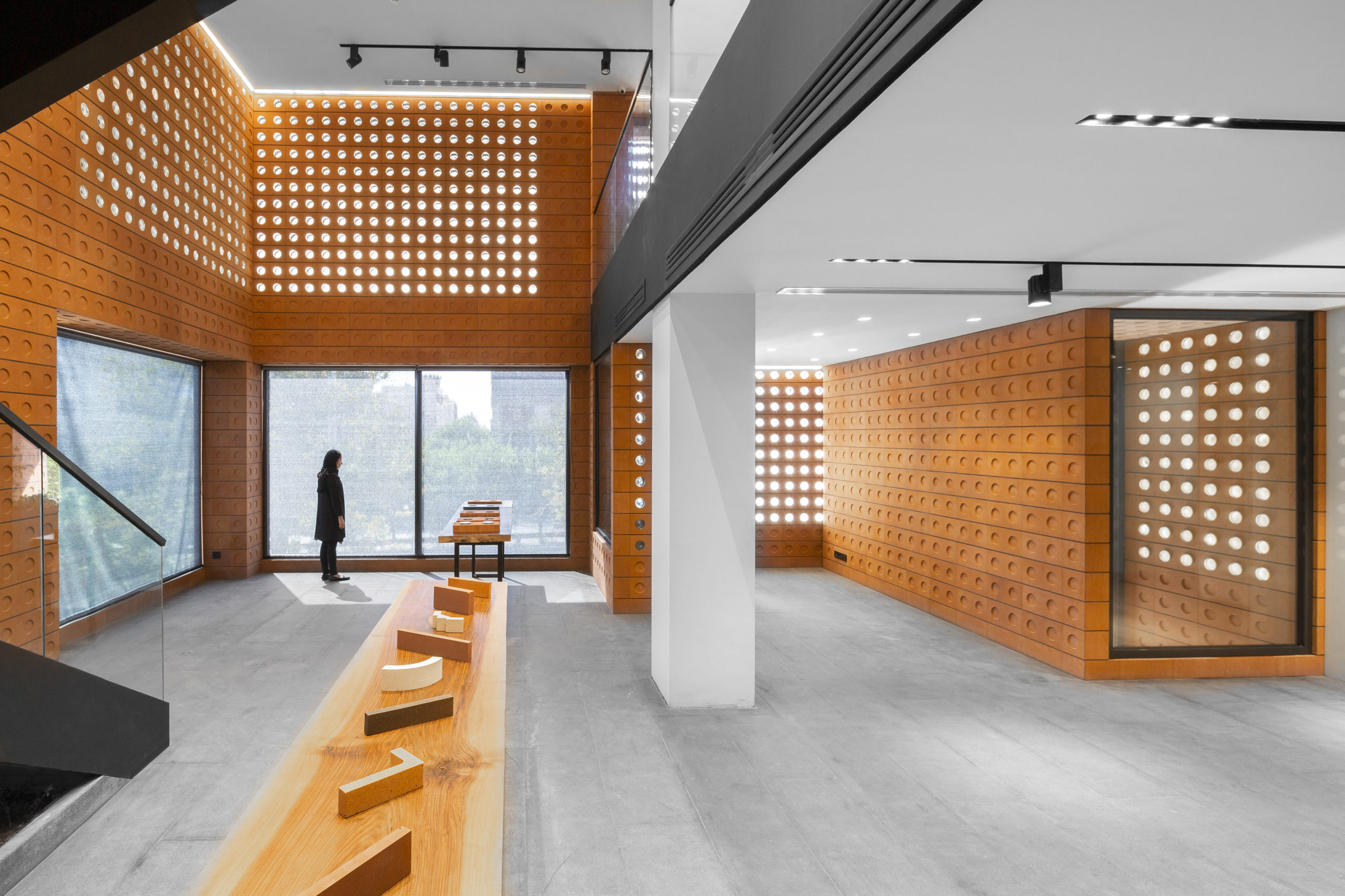Discover Acclaimed Tasks by Distinguished CDA Architects
Discover Acclaimed Tasks by Distinguished CDA Architects
Blog Article
The Impact of Technological Advancements on the Design Practices of Contemporary Architects
The rapid development of technological devices has actually considerably improved the style landscape for contemporary designers, fostering unprecedented levels of development and sustainability. Discovering these characteristics exposes a nuanced interplay between technology and standard design approaches, motivating a closer exam of what the future holds for building methods.
Advancement of Architectural Devices
Just how have building devices transformed the design and construction procedures over the centuries? The development of building tools has actually substantially affected the efficiency, precision, and creativity of layout and building.
With the arrival of the Renaissance, the intro of the compass and the protractor noted an essential shift. These tools enabled designers to attain better accuracy in their styles, facilitating the emergence of more detailed and proportionate structures. The Industrial Transformation better reinvented architectural technique with the intro of mechanized devices and products, permitting for larger and extra enthusiastic jobs.
In the 20th century, the development of computer-aided design (CAD) software transformed the landscape when again, supplying engineers with unmatched abilities in modeling and visualization. Today, advanced devices such as Structure Info Modeling (BIM) and parametric layout software proceed to press the limits of building development, making it possible for a much more integrated approach to layout and building procedures.
Boosted Cooperation in Layout
As modern technology proceeds to develop, improved collaboration in design has become a keystone of modern building practice. The integration of digital tools such as Structure Information Modeling (BIM), cloud-based platforms, and progressed visualization software application has transformed the method engineers, designers, and stakeholders interact throughout the layout procedure. These devices help with real-time interaction, allowing teams to share ideas, alterations, and comments instantly, regardless of geographical place.

Additionally, interdisciplinary cooperation has been streamlined with these technological advancements, making it possible for architects to function more very closely with other professionals, such as urban planners and environmental experts. The result is an extra natural strategy to make that considers different viewpoints and competence. Ultimately, enhanced cooperation in style is not simply a pattern; it is crucial for producing ingenious, useful, and visually pleasing design in a significantly intricate globe.

Sustainability With Modern Technology
Sustainability in style has actually increasingly ended up being intertwined with technical advancement, driving the industry toward ecologically responsible practices. Contemporary architects are leveraging sophisticated modern technologies to decrease environmental impact while enhancing the performance of buildings. cda architects. One popular instance is the use of Structure Information Modeling (BIM), which enables accurate preparation and resource allotment, reducing waste during building and construction and promoting power efficiency throughout a structure's lifecycle
Moreover, clever products and energy-efficient systems are being incorporated right into designs to optimize resource use. Technologies such as you can find out more solar batteries and eco-friendly roof harness sustainable power resources, adding to reduced carbon impacts. Furthermore, the application of artificial knowledge in design processes makes it possible for engineers to replicate and assess energy usage, guiding decisions towards even more sustainable end results.
The assimilation of lasting modern technologies not only lines up with international ecological goals but also fulfills a raising need from customers for environmentally friendly services. As engineers welcome these advancements, the emphasis moves towards developing areas that are not just visually pleasing but additionally functionally lasting, thus redefining the standards of contemporary architecture. This way, innovation works as a catalyst for sustainability, making it possible for architects to create buildings that respect and boost the all-natural atmosphere.
Challenges in Implementation
While technological advancements in architecture hold terrific guarantee for enhancing sustainability, their implementation commonly comes across significant obstacles. One main obstacle is the high learning curve related to new innovations. Engineers and construction experts may call for comprehensive training to effectively use sophisticated software application and tools, which can delay task timelines and raise costs.
Additionally, the combination of arising technologies, such as Building Information Modeling (BIM) and sustainable products, commonly necessitates collaboration throughout multidisciplinary groups. This partnership can be prevented by distinctions in knowledge, operations, and communication styles, leading to possible problems and inadequacies.

In addition, governing structures and building codes might not equal technical advancements, producing uncertainty and potential compliance issues. This challenge can Extra resources prevent designers from fully welcoming new innovations, as the threat of non-compliance might surpass the advantages. As a result, addressing these implementation challenges is crucial for the successful integration of technological advancements in modern architectural methods.
Future Fads in Architecture
The challenges connected with the implementation of brand-new technologies in design have triggered a reevaluation of future trends within the sector - cda architects. As engineers browse problems such as read this article sustainability, urbanization, and social equity, they are progressively taking on innovative innovations to enhance design performance and environmental efficiency
One popular fad is the assimilation of man-made knowledge (AI) in the style process. AI devices can analyze substantial datasets to inform design decisions, boosting both imagination and functionality. Building Details Modeling (BIM) continues to develop, making it possible for real-time collaboration among stakeholders and facilitating streamlined project monitoring.
Sustainable design practices are also gaining energy, with engineers concentrating on adaptive reuse and regenerative design principles that lessen resource usage and waste. The consolidation of smart materials and sustainable power sources will additionally boost the strength of structures despite climate modification.
In addition, the increase of parametric style permits for even more tailored and context-sensitive building services (cda architects). By using these improvements, designers are poised to develop constructed settings that not just resolve the instant demands of culture but likewise prepare for future obstacles, thus redefining the duty of design in an ever-changing globe
Verdict
Technical developments have actually dramatically improved architectural design methods, promoting enhanced accuracy, collaboration, and sustainability. The combination of tools such as Structure Info Modeling and parametric design software, alongside expert system and smart products, empowers engineers to attend to complex obstacles more successfully. While application may provide specific obstacles, the continued advancement of these modern technologies assures to drive development in design. Future trends will likely even more emphasize sustainability and performance, ultimately redefining the constructed environment.
Report this page